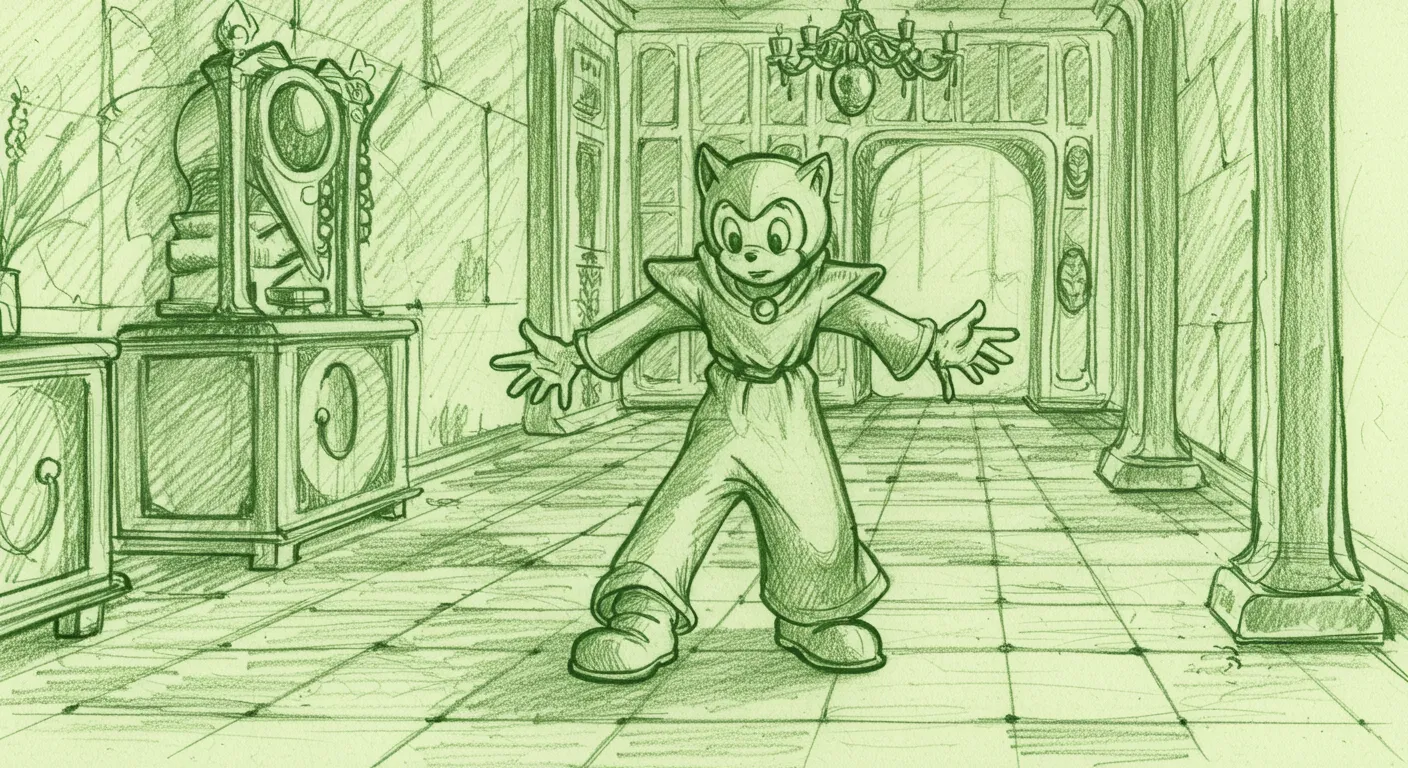In the ever-evolving landscape of web animation, Lottie emerges as a promising open format that aims to bridge the gap left by Flash's demise. Online commentators are divided, praising its potential while highlighting significant technical hurdles.
The format, originally developed by Airbnb, offers designers and developers a way to create complex vector animations that can be easily exported from After Effects and used across multiple platforms. However, the implementation is far from perfect. Some developers point out the performance challenges, noting that Lottie animations can be surprisingly resource-intensive, particularly when multiple animations are running simultaneously.
Performance isn't the only concern. The workflow from design to implementation is fraught with complications. Motion designers often find themselves constrained by Lottie's limitations, forced to rebuild animations within strict parameters that don't always preserve their original creative vision.
Alternatives like Rive are gaining traction, promising more flexible and efficient animation solutions. These competing platforms suggest that the market is hungry for a truly seamless animation tool that combines the creativity of Flash with modern web standards.
Despite its challenges, Lottie represents an important step in reimagining how animations can be created, shared, and implemented across digital platforms. It's a testament to the ongoing quest for a universal, accessible animation format that can work seamlessly across devices and design tools.


